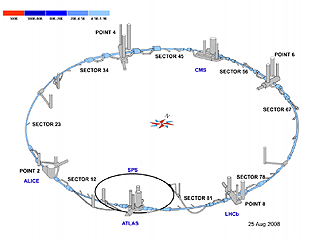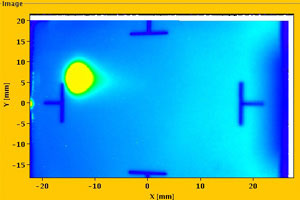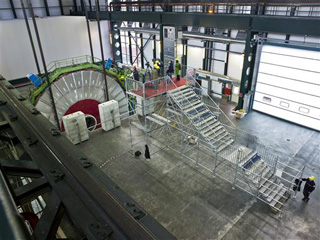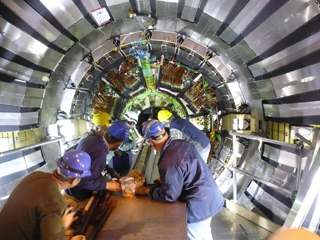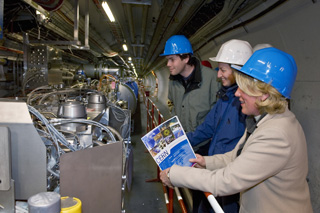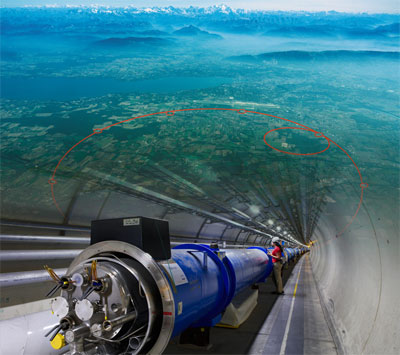
2007
JANUARY
The last of the 15 slices of CMS is lowered into the experiment cavern putting an end to 15 months of spectacular 100 metre descents underground.
FEBRUARY
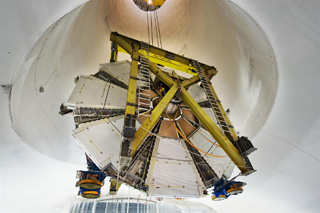
MARCH

APRIL
The Open days on the 5th and 6th April attract 76,000 visitors to CERN. It is the one and only opportunity for the public to visit the tunnel to discover the LHC and the four big experiments before the accelerator is switched on.
The adventure begins soon.
Scheduled to start in 2008, the LHC is making the final preparations before embarking on a new era of discovery at the high energy frontier.
LHC experiments will address questions such as what gives matter its mass, what the invisible 96% of the Universe is made of, why nature prefers matter to antimatter and how matter evolved from the first instants of the Universe’s existence.
JULY
The beampipes, the place where collisions are produced, are now operational. A vacuum, such as exists in the moon’s atmosphere, reigns in the 54 kilometres of beampipe.
AUGUST
The 27 kilometres of the LHC have attained the –271°C needed for the experiment. This is just two degrees from absolute zero, the lowest temperature imaginable. The operation needed more than 10,000 tonnes of liquid nitrogen for the first step of the cool down, and 150 tonnes of helium to completely fill the magnets.
